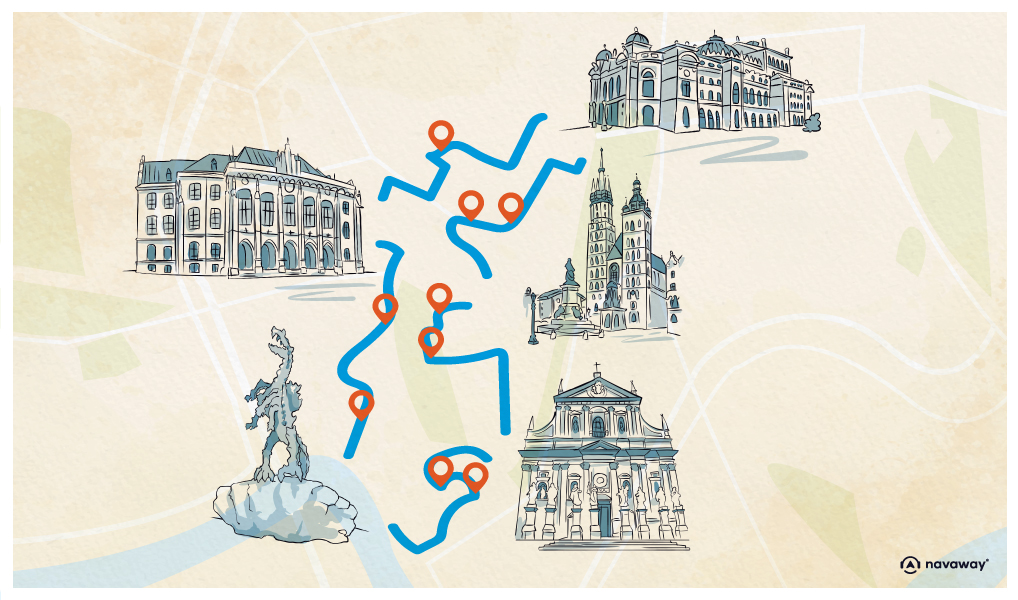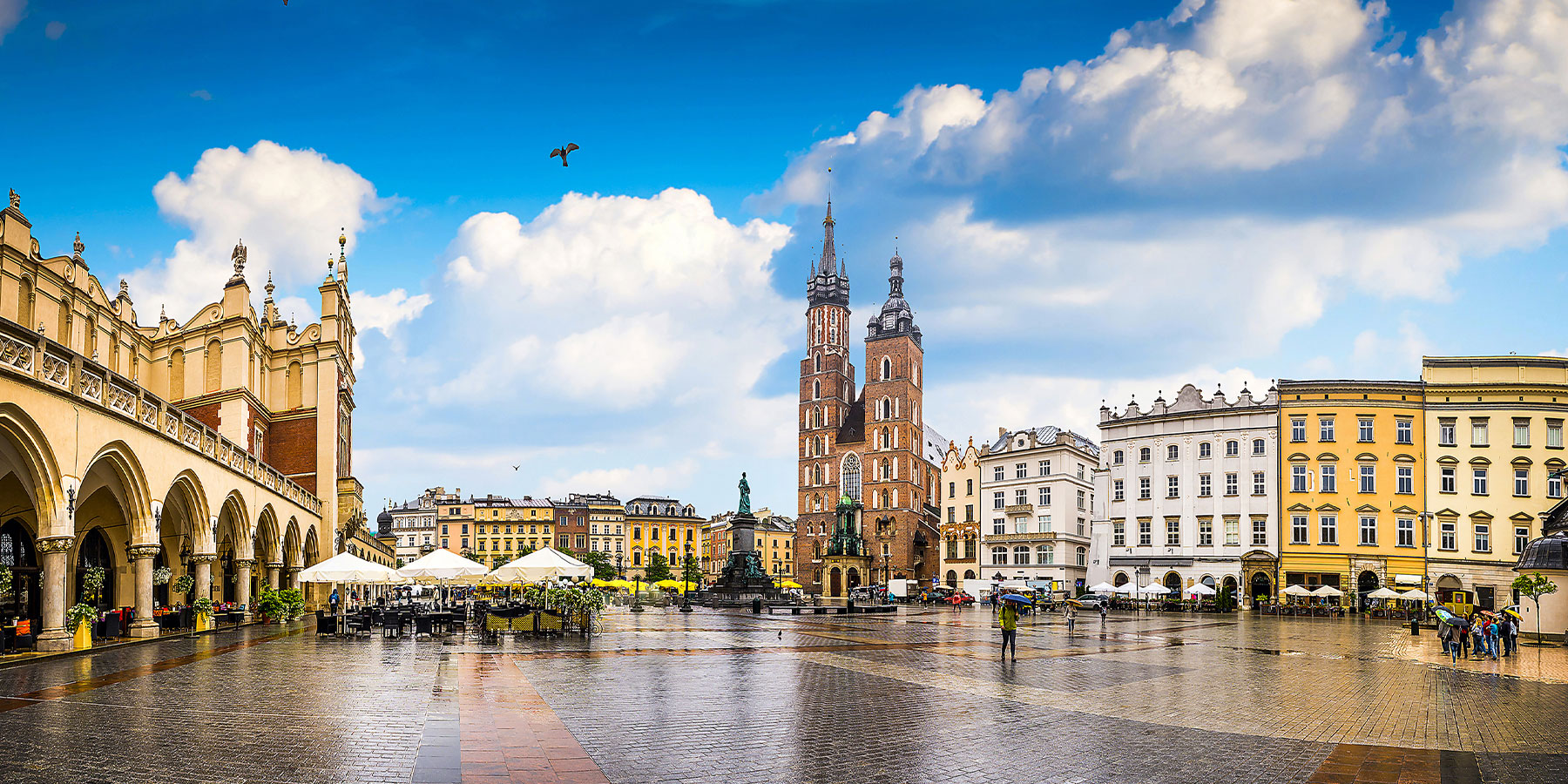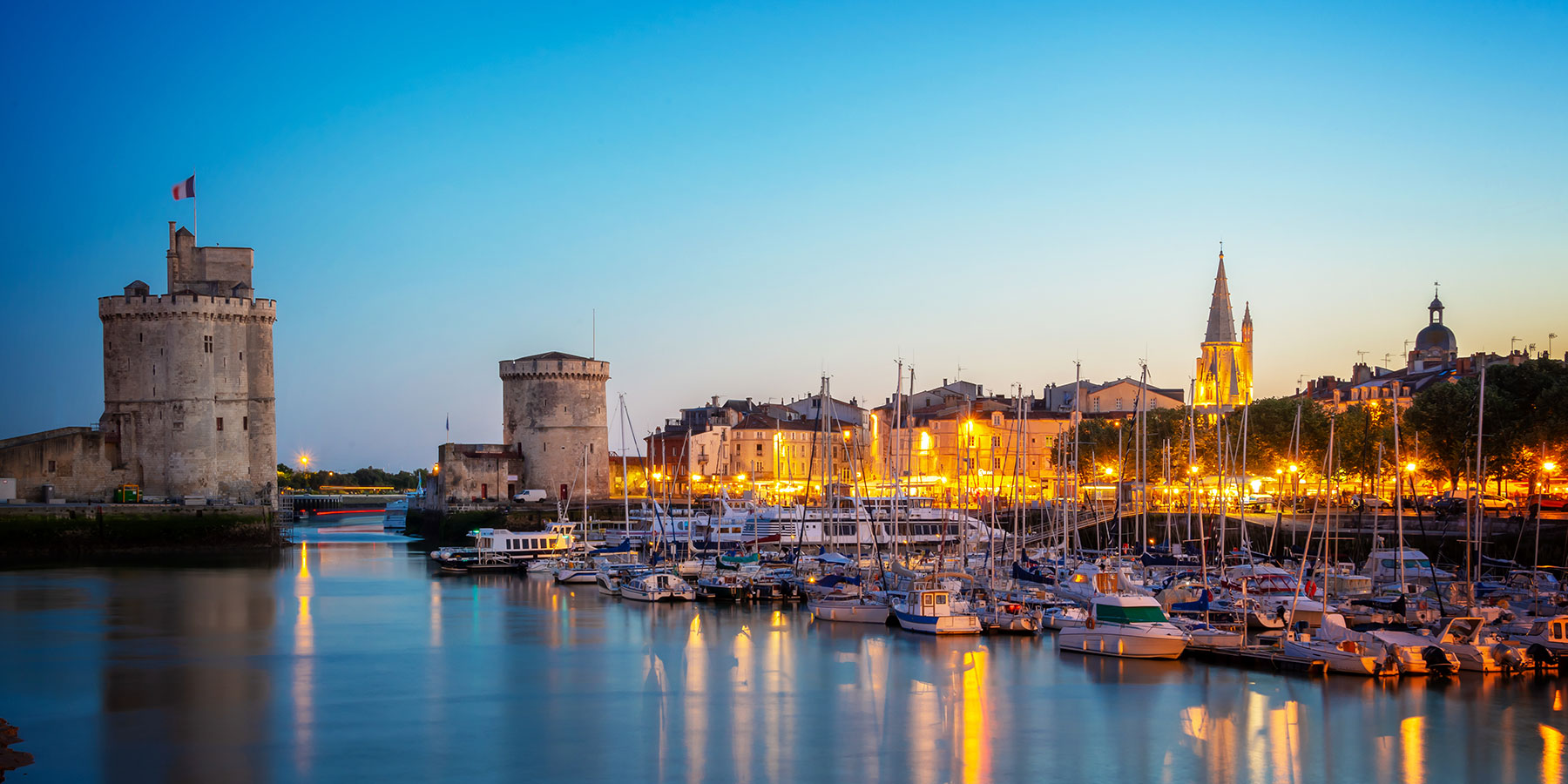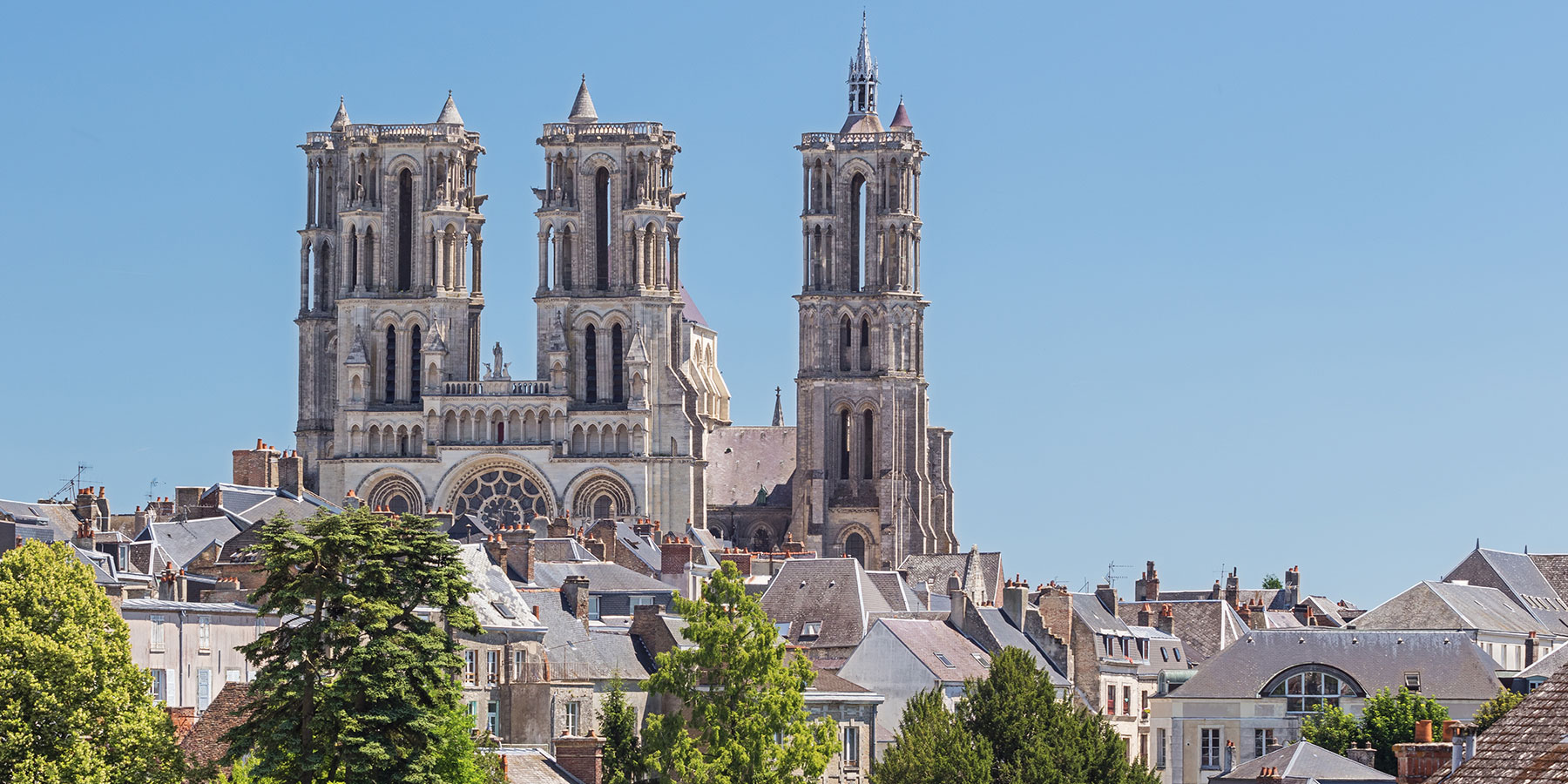
Wawel Castle

This point of interest is available as audio on the tour: Visit Krakow, Little Poland
Here it is—Wawel Castle, once home to Poland’s kings. You can explore the castle’s exterior, its courtyards, and ramparts free of charge, but the museums, the royal apartments and the cathedral require paid tickets. Two separate organisations manage the site, so you’ll find two ticket offices, depending on what you wish to visit. Wawel Castle is the ultimate symbol of Kraków’s Golden Age, when the city was still the capital of Poland. Wawel Hill has been central to Poland from the very beginning of its history. Before the year 1000, a pagan tribe called the Vislane settled in the Little Poland region in the 6th century, and built their fortified city here. Their spiritual traditions eventually faded when their leader was forced to convert to Christianity. The land of the Vislanes, along with its capital Kraków, was absorbed into the emerging Catholic Poland. The castle dates back to the 10th century, though the exterior you see today is from Renaissance. Today, it houses one of Poland’s major national museums and is recognised as a UNESCO World Heritage Site. Let’s rewind a bit. In 1038, King Casimir the Great made Kraków the capital of Poland and chose Wawel as his royal residence. It remained the capital until 1596, when King Sigismund III moved the royal court to Warsaw. By the 11th century, Kraków had become the center of Christianity in Poland, and construction of the Wawel Cathedral began. The original cathedral was destroyed by fire in the Middle Ages and rebuilt in the 14th century. Since then, it’s been Poland’s spiritual and political heart, and all Polish monarchs have been crowned there. During the Gothic period, numerous buildings were added to house the growing number of soldiers, craftsmen, and clergy. The style that defines Wawel today is Renaissance, thanks to Queen Bona. Bona Sforza, a wealthy heiress from Milan, married Sigismund I and radically transformed the court, the castle, Kraków, and all of Poland. She was the first woman to be deeply involved in the governance of the kingdom. Exceptionally well-organised, she modernised Poland’s infrastructure—building roads, bridges, and mills. Queen Bona was also a great patron of the arts, much like Catherine de’ Medici. She brought Tuscan artists to Poland, many of whom are responsible for much of Kraków’s beautiful historic centre. She’s even considered the mother of Polish cuisine. As an Italian, she introduced pasta and tomatoes, the essentials, but also vegetables like carrots, broccoli, lettuce, and beans. She even helped replace mead with wine. During this prosperous period, the arcades of the castle’s inner courtyard were built, along with the cathedral’s grand mausoleum, where Poland’s great minds and monarchs rest in marble sarcophagi. Once the capital moved to Warsaw, everything changed. The castle suffered sieges and attacks, including the Prussian occupation in 1794. A year later, during the partition of Poland, Kraków was absorbed into Habsburg Austria, and the castle was turned over to the military. A hospital was built on the grounds, and its fortifications were reinforced. Archduke Franz Joseph began renovating Wawel, adding paintings and tapestries. After Poland regained independence, restoration efforts continued, and the castle became both a national museum and a residence for the head of state. During the Second World War, the Germans occupied the castle, and many artworks vanished. Today, the museums house countless artefacts connected to Poland’s royal legacy. Though much of the original interior was lost, damaged, or looted over time, ongoing restoration has brought new life to this remarkable place, and many important works and historical objects have been returned to Poland. Whether you decide to visit now or come back later during your stay—there’s so much to explore here at Wawel.

Discover other tours to visit Krakow

Discover Krakow with app
An interactive guide through the most beautiful streets, squares, and districts
20 fun audioguides full of historical facts, anecdotes, and legends






Comments